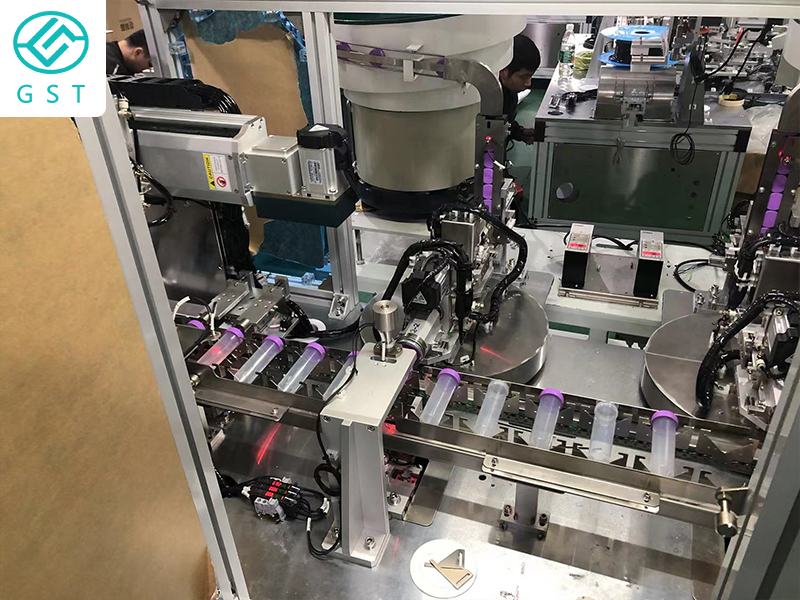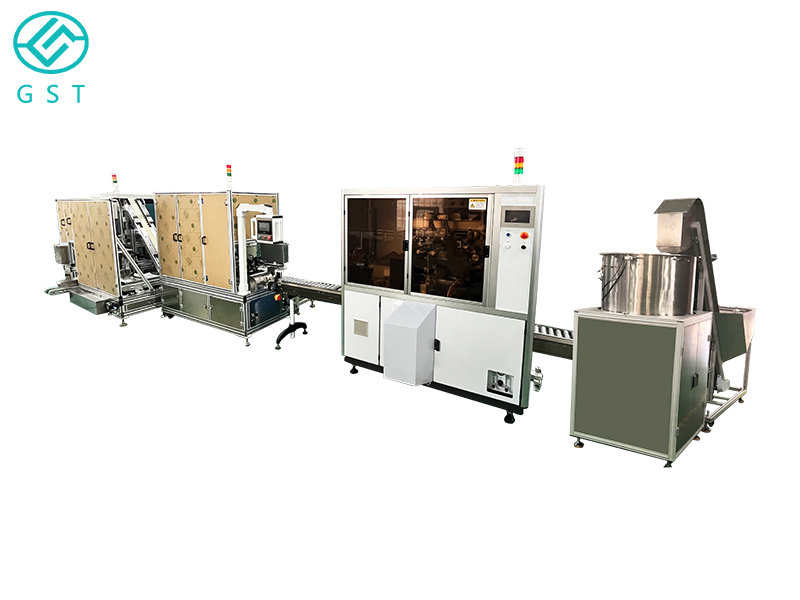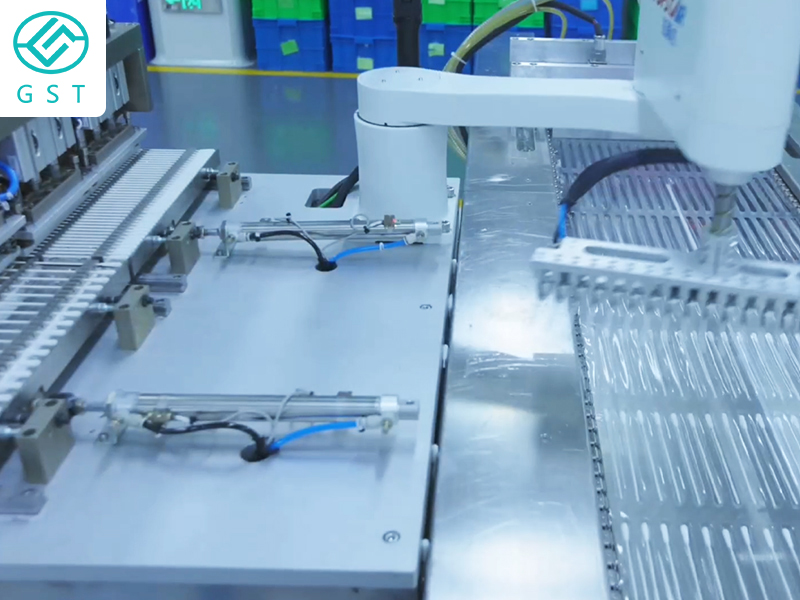Release Date:2023-02-11 11:21:24 Popularity:
The penetration rate of automation equipment in enterprises is getting higher and higher, and the failure rate of equipment is also rising simultaneously with the high penetration rate. The following will introduce several common methods for fault detection of automation equipment.

1. Check all power and air sources of automation equipment: problems with power and air sources will often lead to failures of automation equipment. For example, there is a problem with the power supply, including the failure of the power supply of the entire workshop, such as low power supply, burnt insurance, poor contact of the power plug, etc.; The following aspects should be included in the detection of automation equipment: power supply, including the power supply of each equipment, the power supply of the workshop and the air pressure source required by the pneumatic device.
2. Check whether the position of the sensor of the automation equipment is shifted: due to the negligence of the equipment maintenance personnel, there may be errors in the position of some sensors, such as not in place, sensor failure, sensitivity failure, etc. Always check the sensing position and sensitivity of the sensor, and adjust it in time if there is a deviation. If the sensor is broken, replace it immediately. Many times, in addition, due to the vibration of automation equipment, most of the sensors will loosen after long-term use. Therefore, during daily maintenance, it is necessary to check whether the position of the sensor is correct and whether it is firmly fixed.

3. Check the relays, current limiters, and pressure reducing valves of the automation equipment: Like the magnetic induction sensors, the relays, like the magnetic induction sensors, will also be grounded and stuck after long-term use, so that the electrical circuit cannot be guaranteed to be normal and needs to be replaced. In the gas circuit system, the pressure adjustment springs of the restrictor and the pressure reducing valve will also loosen or slide with the vibration of the equipment. These devices, like sensors, are parts that require routine maintenance in automation equipment.
4. Check the electrical, solenoid valve, and gas circuit connections: If no problems are found in the above three steps, then check all circuits. Check whether the wires in the circuit are broken, especially whether the wires in the wire slot are cut by the wire slot due to pulling. Inspect the trachea for damaging creases or cracks. If the trachea is severely creased or cracked, replace it immediately.
5. Check whether the solenoid valve has reversing action: the solenoid valve relies on the electromagnet to attract the valve core to make the cylinder perform the reversing action. When the electromagnet fails, the valve core does not move, resulting in the cylinder not being able to move. If there is a lot of water and dust in the air circuit, it will also cause the valve core to get stuck and blocked, which will cause the cylinder to fail to move.

After ensuring that the above steps are correct, the fault may appear in the controller of the automation equipment, but it will never be a program problem. First of all, don't be sure that the controller is damaged. As long as there is no serious short circuit, the controller has short circuit protection inside, and a general short circuit will not burn the controller.